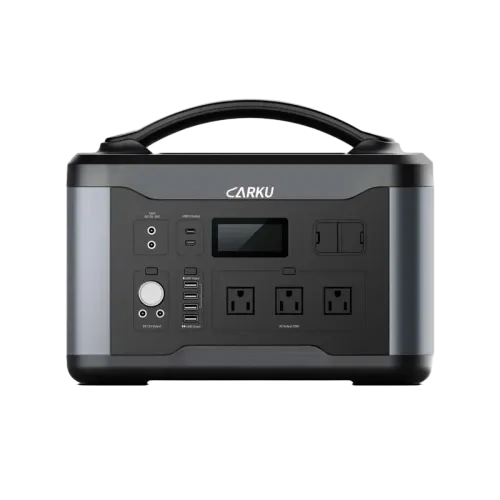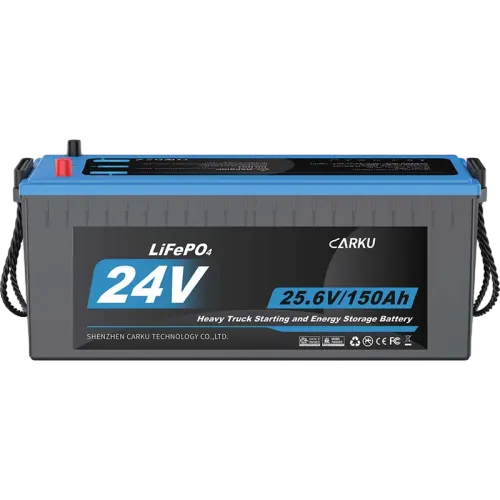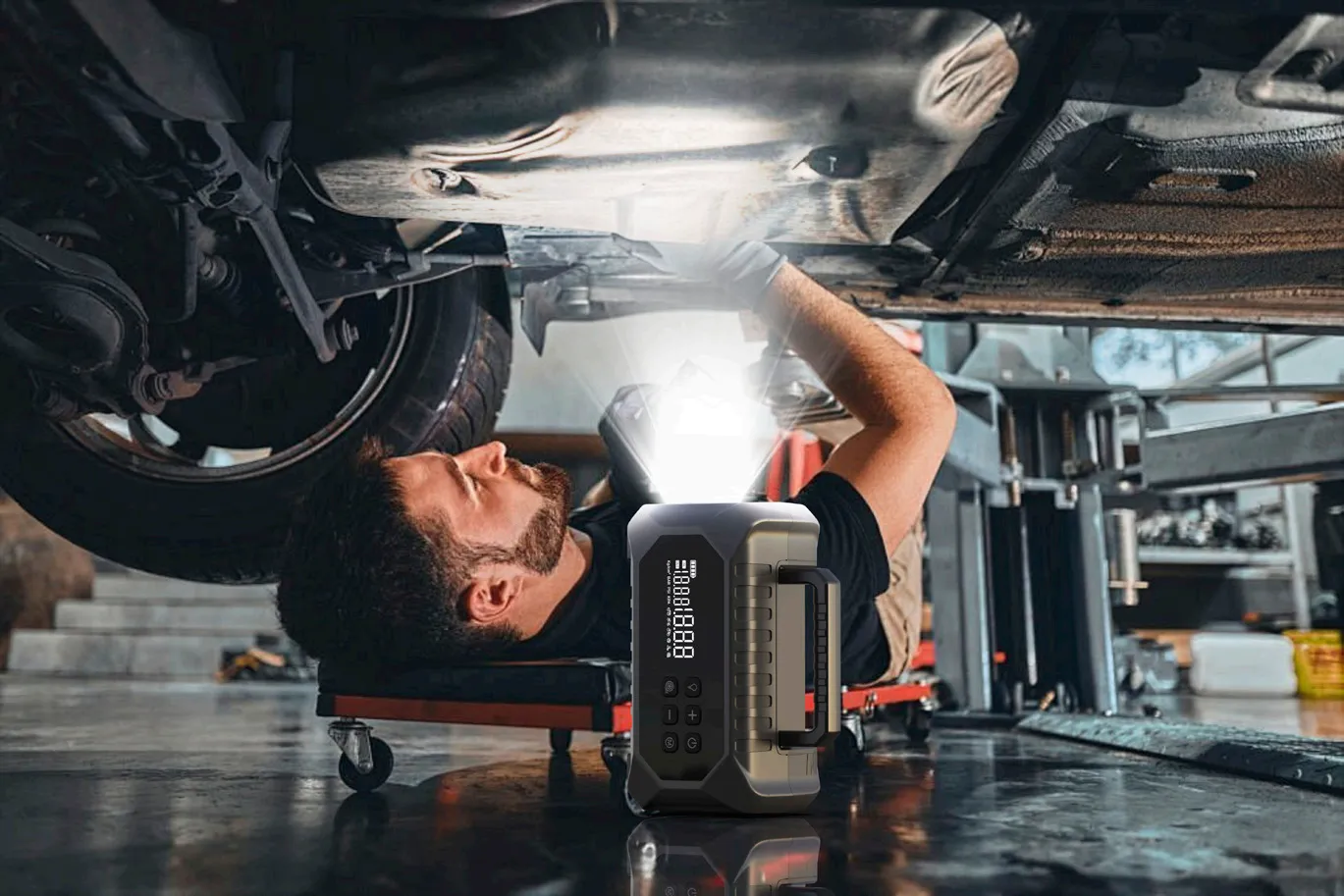Lithium batteries have an average cycle life of between 3 and 10 years. Their technology is widely used in electronics and electric vehicles. In recent years, lithium batteries have also begun to be used in jump starters. So they meant lithium jump starters. Considering to pick up a good jump starter, understand the best lithium battery for jump starter is safe.
What Is The Lifespan of Lithium Jump Starters Last?
Lithium jump starters generally provide a much longer lifespan than traditional lead-acid jump starters. CARKU primarily uses lithium-ion and sodium-ion battery technologies, both known for stable performance and long cycle life.
A high-quality lithium-ion jump starter can typically deliver 1,000~3,000 full charge–discharge cycles, depending on cell quality, usage habits, and operating temperature. In everyday use, this translates to several years of reliable service without frequent replacement. By contrast, lead-acid jump starters often require replacement every 2–3 years due to lower cycle life and limited deep-discharge tolerance.
To achieve the longest possible lifespan, it is important to choose a jump starter that matches your usage frequency and charging habits. Different operating conditions create different levels of stress on the battery, and selecting the right design helps preserve cycle life.
How Often Do You Need To Charge A Lithium Jump Starter?
A lithium jump starter doesn’t require complicated maintenance, but keeping the battery at a healthy level is important if you want it to work instantly during emergencies. Many users are unsure whether they should drain the battery first, recharge after every use, or leave it untouched until it’s needed. The good news is that lithium jump starters are easy to care for as long as you follow a simple charging routine.
You don’t need to wait until the battery is fully drained before charging your lithium jump starter. If you use it, simply recharge it afterward so it’s always ready. And if you don’t use the jump starter often, give it a top-up charge every 2–3 months to maintain healthy battery levels.
How Do I Know When My Jump Starter Is Fully Charged?
Most lithium jump starters include dedicated charging LED indicators that show the battery’s charging status. These LEDs are different from the boost or jump-start indicators used when starting a vehicle.
During charging, the charging LED typically shows:
Red light: The jump starter is charging.
Green light: Charging is complete and the battery is fully topped up.
Flashing lights:May indicate charging progress or, in some models, an abnormal connection.
These charging LEDs are designed specifically to help you confirm when the internal battery is ready. Many users worry about whether the jump starter will overcharge once it reaches 100%, especially if they forget to unplug it.
Lithium jump starters will not overcharge. They use an internal battery management system (BMS) that automatically stops charging when the battery reaches 100%. The charger also switches to a low-current mode to protect the cells. You don’t need to unplug it immediately, but disconnecting after it’s full is a good practice for long-term battery health.
Will A Jump Starter Charge A Completely Dead Battery?
A jump starter is built for starting, not charging. Its purpose is to deliver a short, high-current boost—just enough to get your engine running. In practical use, a jump starter can:
Provide high cranking amps to start the engine when the battery is too weak.
Bypass a low-voltage or unstable battery long enough for the alternator to take over.
Allow the vehicle to run normally once the engine is started.
However, this is different from what a charger or maintainer does.
A battery charger slowly recharges a dead battery over time, and a battery maintainer keeps the battery at a stable storage voltage. These three tools serve completely different functions in vehicle battery care.
Frequently Asked Questions
1.Does a jump starter have to be fully charged to use?
A portable lithium battery jump starter can be used at full charge in the following situations: first, during extreme weather conditions below 0℃ or hot summer environments; second, when starting V8 and larger displacement gasoline engines, which require more powerful starting power. However, if it's not used frequently, it is recommended to charge the battery once every 3-6 months.
2.Can a battery be too dead to jump-start?
Yes, a battery can be too dead to jump-start. If you follow the correct jump-starting steps and the engine still won’t start, the battery may be completely dead and need professional inspection or replacement.
3.How do I know if my portable jump starter is bad?
As car accessories maintenance staff, use a voltmeter to test the voltage. If it reads less than 10.5V, the battery is getting weak. Lithium battery is safe and lasts a long time. However, if your jump starter shows 100% charge but still can't start your vehicle normally, the battery may be failing.
4.Can you jump start a lithium battery?
You can use a lithium jump starter to start a vehicle with a lithium battery, as long as the jump starter matches the vehicle’s voltage system (12V or 24V). Make sure it’s a professional jump starter designed for vehicles and follow the correct connection steps.








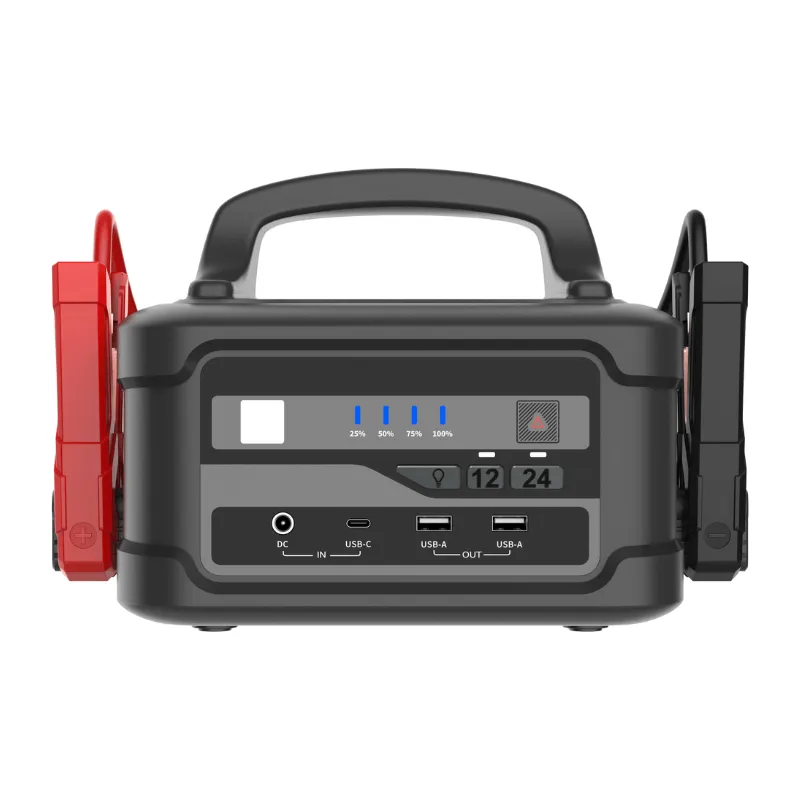
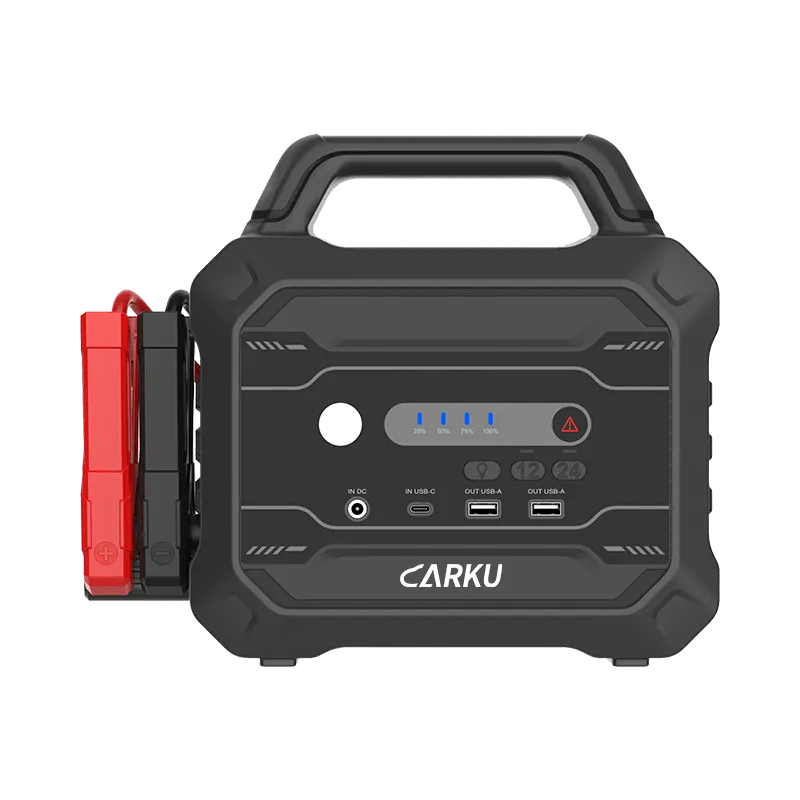
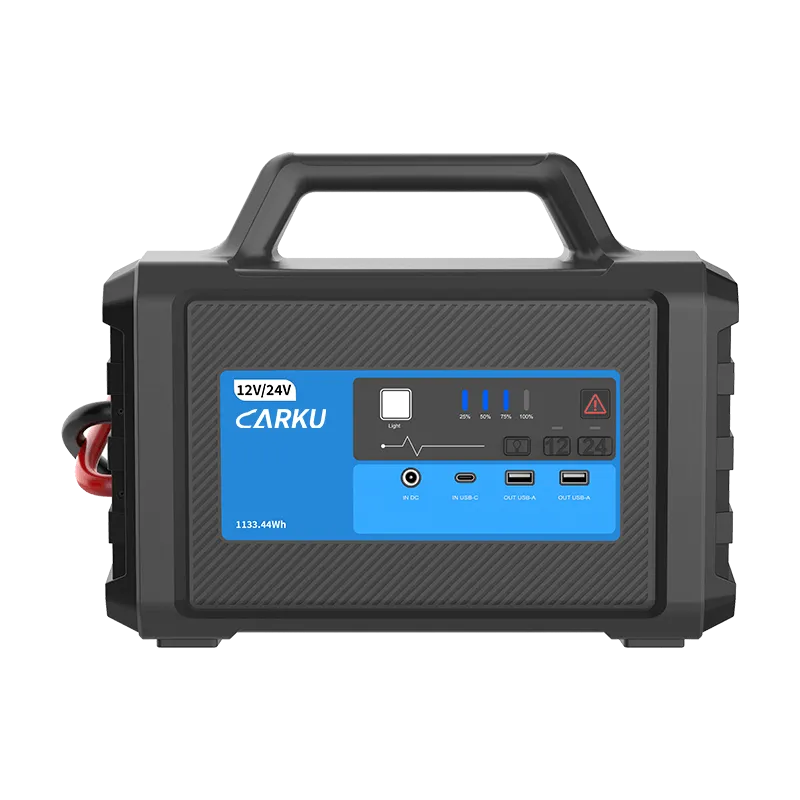
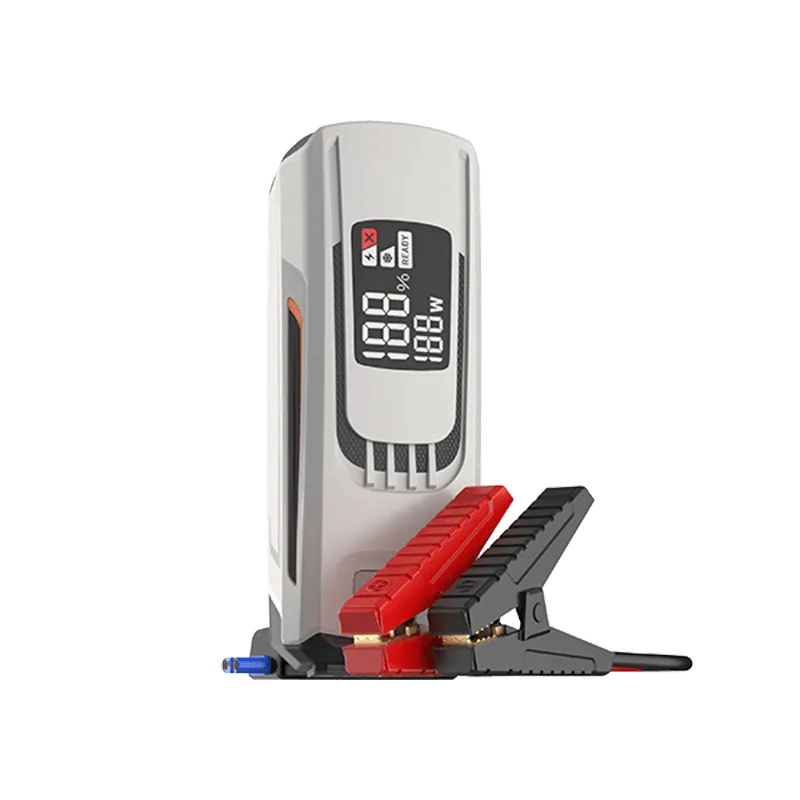



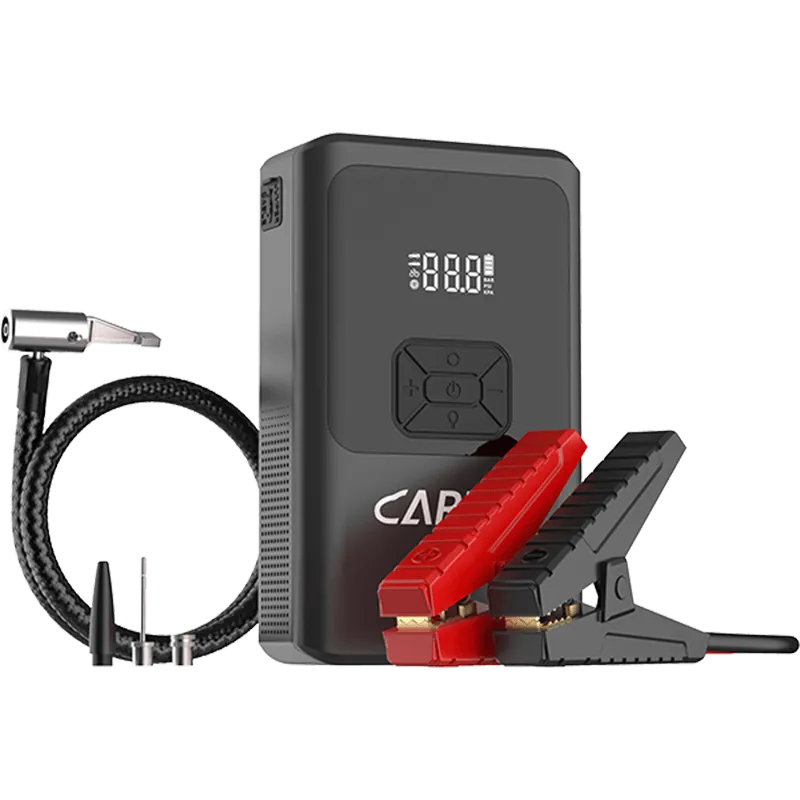

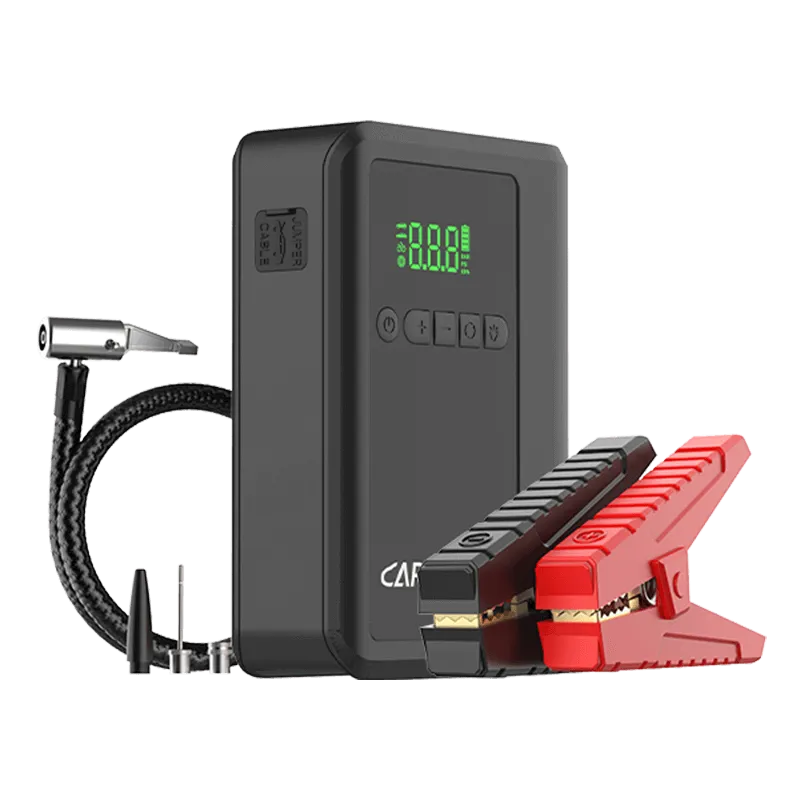
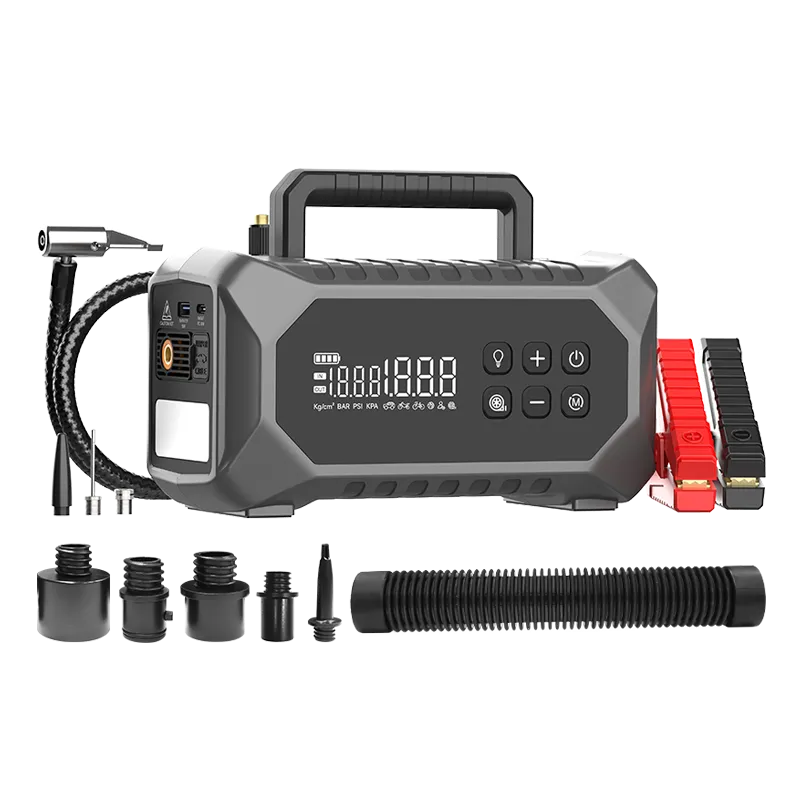


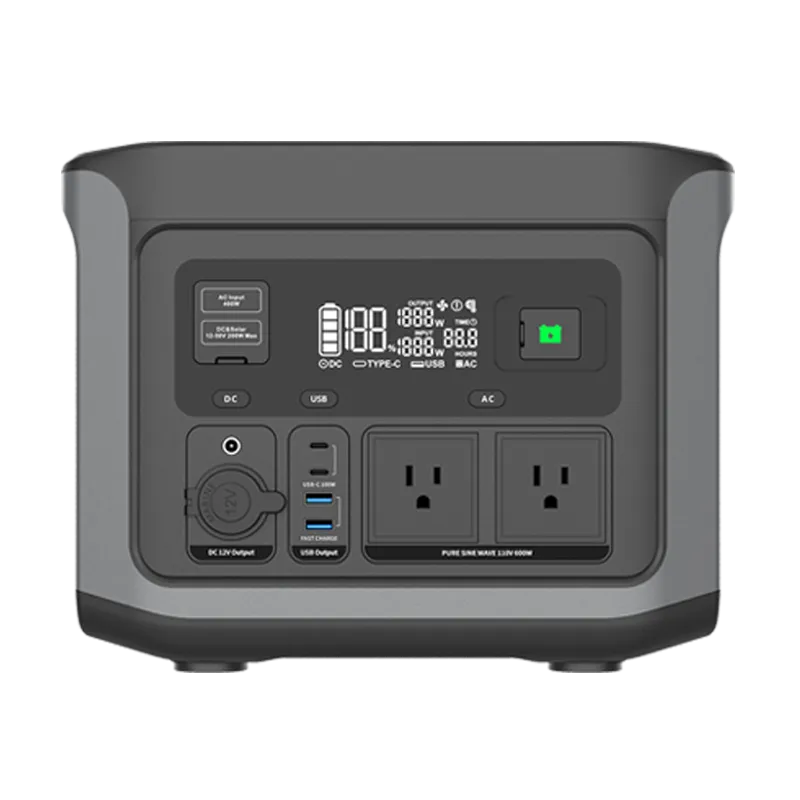
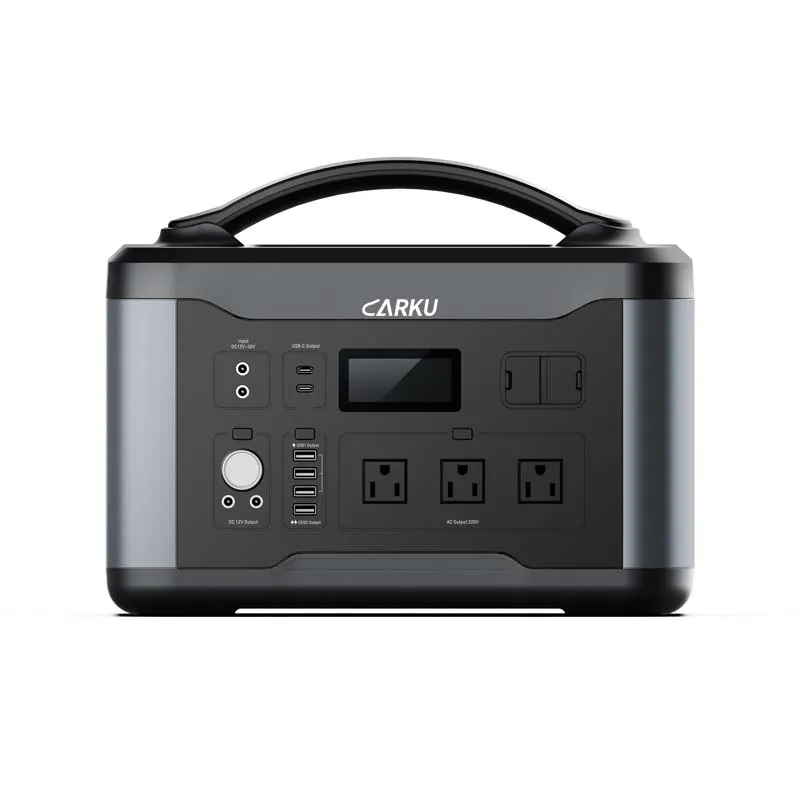
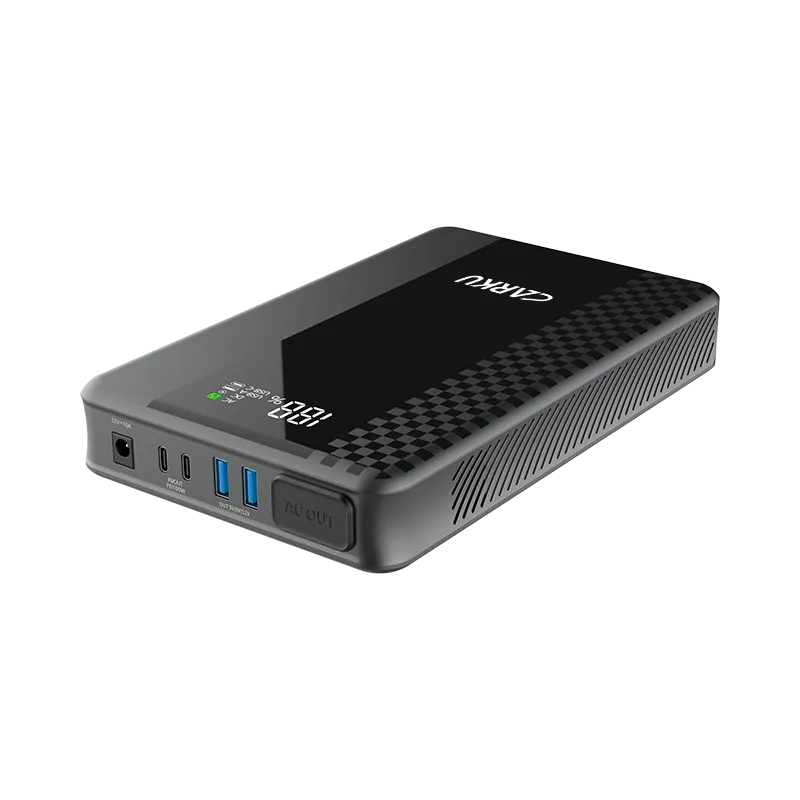

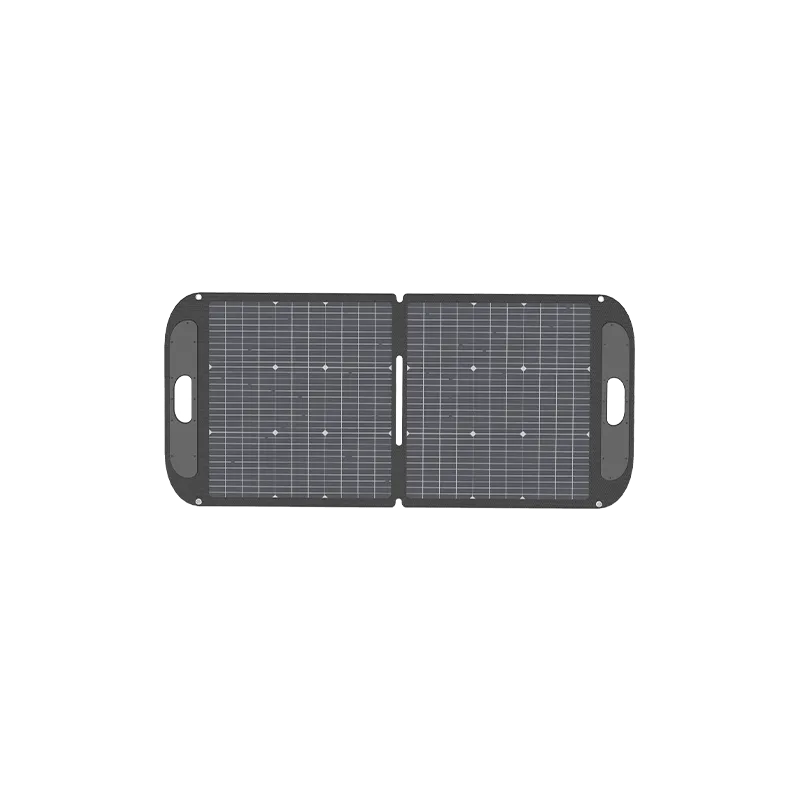
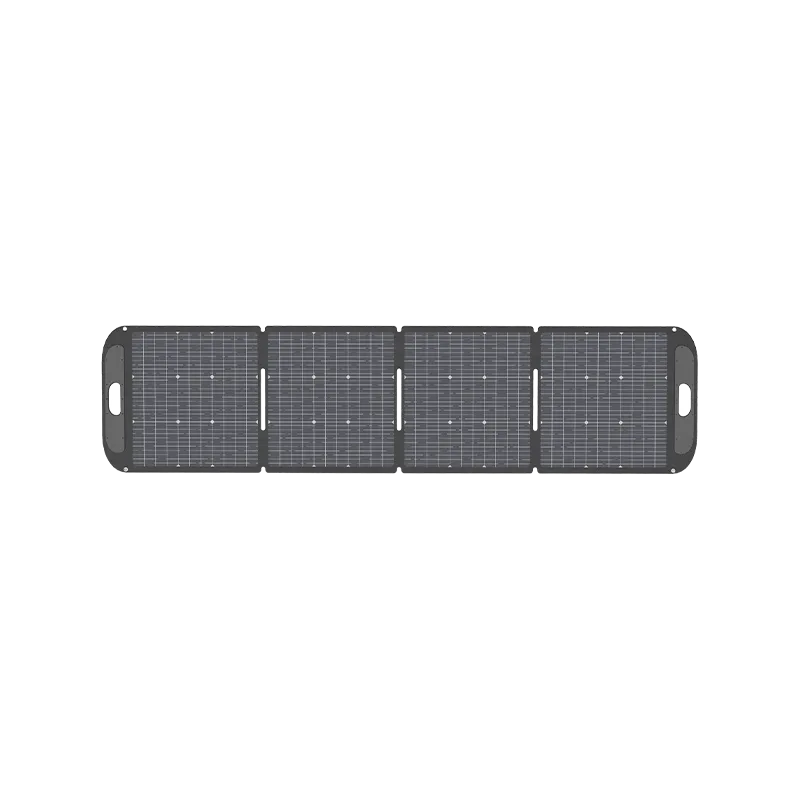
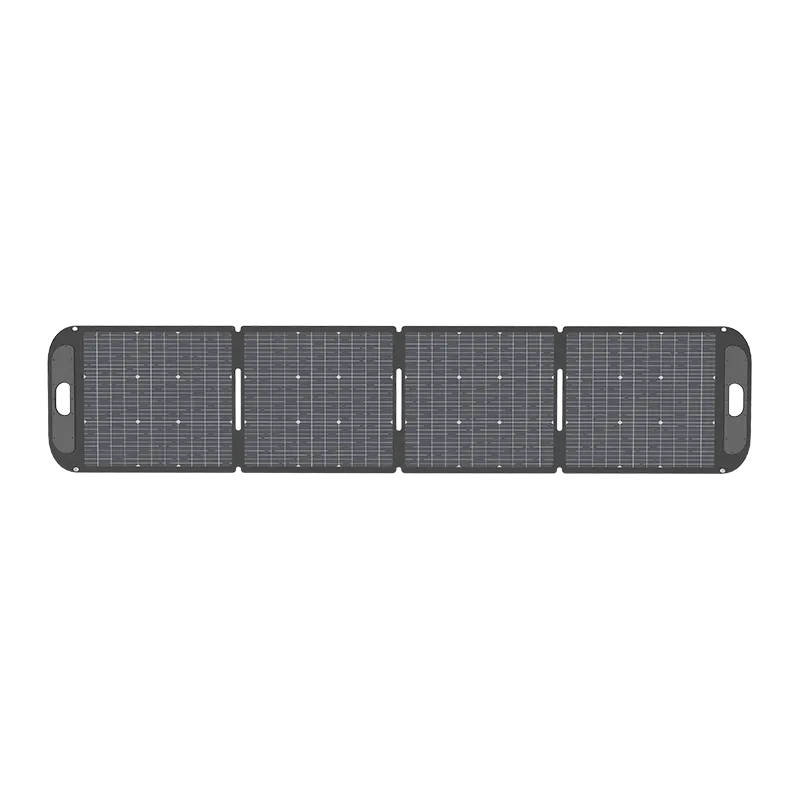
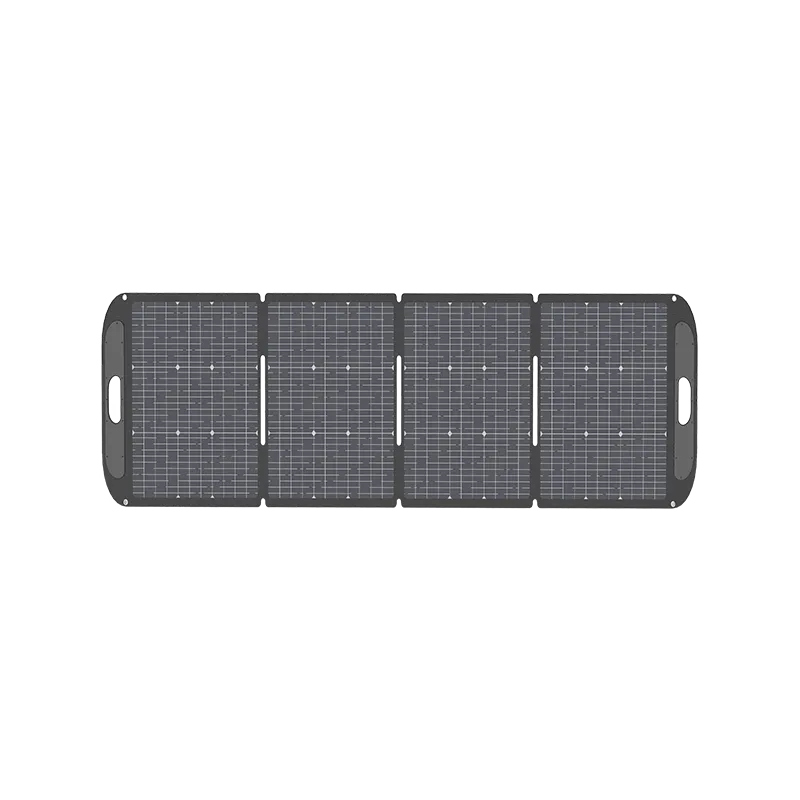
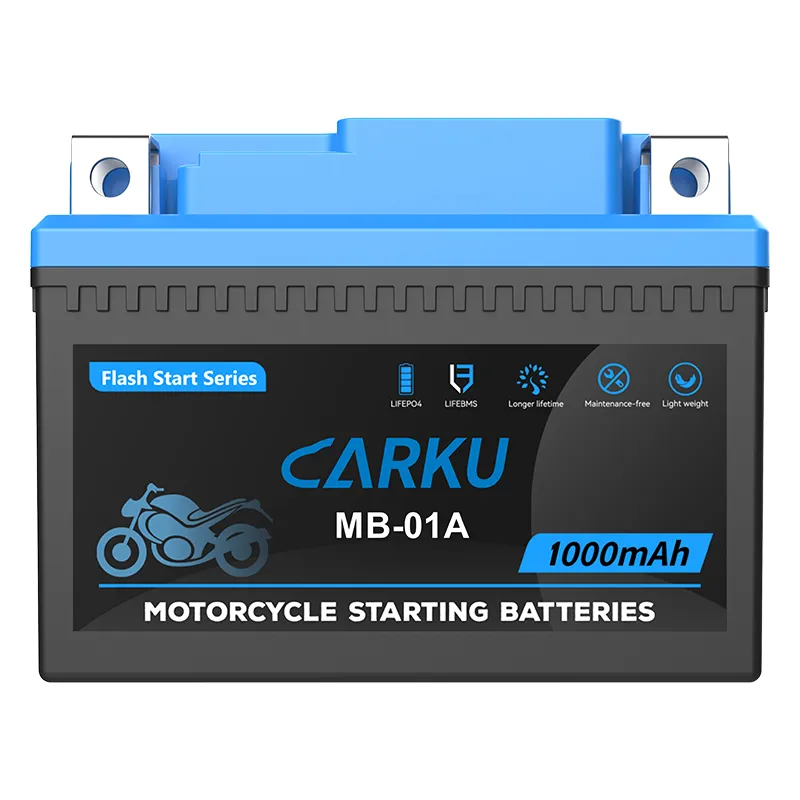


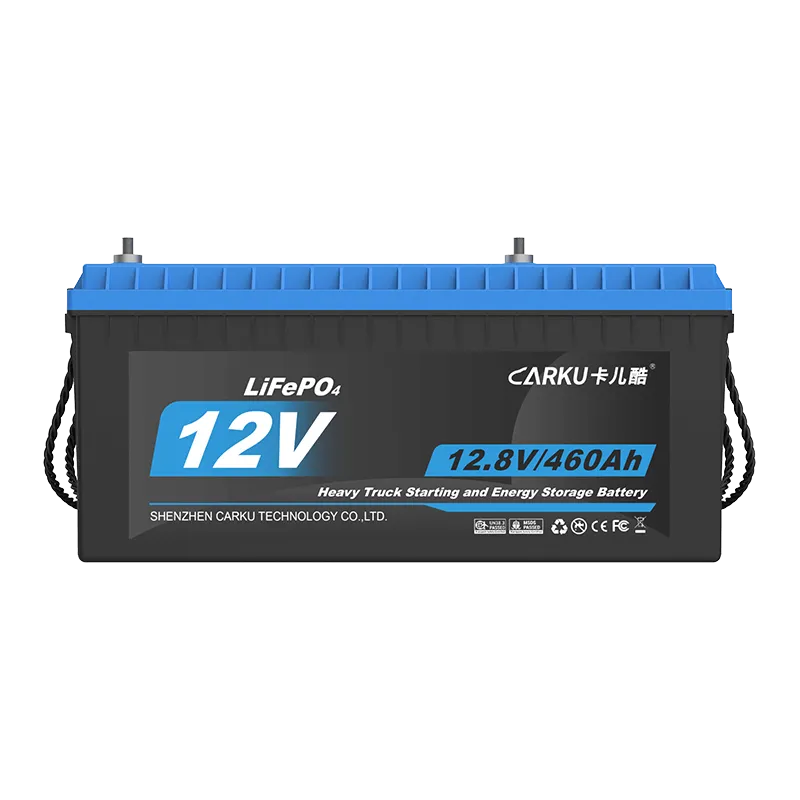

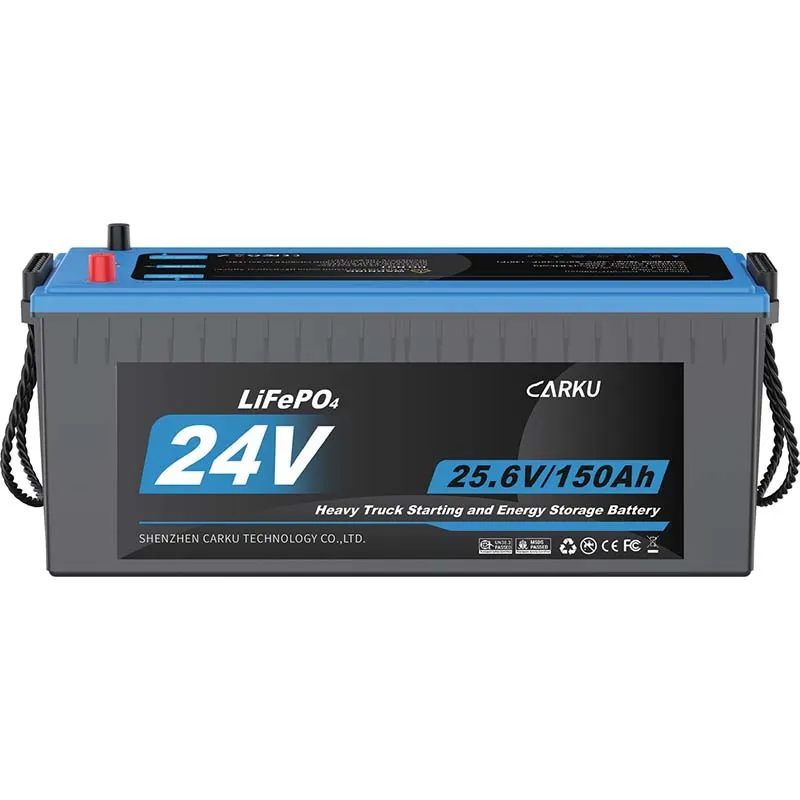
 Jump Starter ODM/OEM Solutions
Jump Starter ODM/OEM Solutions Portable Power Station ODM/OEM Solutions
Portable Power Station ODM/OEM Solutions Starting Battery ODM/OEM Solutions
Starting Battery ODM/OEM Solutions ABOUT CARKU
ABOUT CARKU STRENGTH FACTORY
STRENGTH FACTORY THE DEVELOPMENT HISTORY OF CARKU
THE DEVELOPMENT HISTORY OF CARKU CORE COMPETITIVENESS
CORE COMPETITIVENESS COMPANY CULTURE
COMPANY CULTURE QUALIFICATION
QUALIFICATION
 CARKU News
CARKU News CARKU Exhibitions
CARKU Exhibitions CARKU Battery Applications
CARKU Battery Applications


